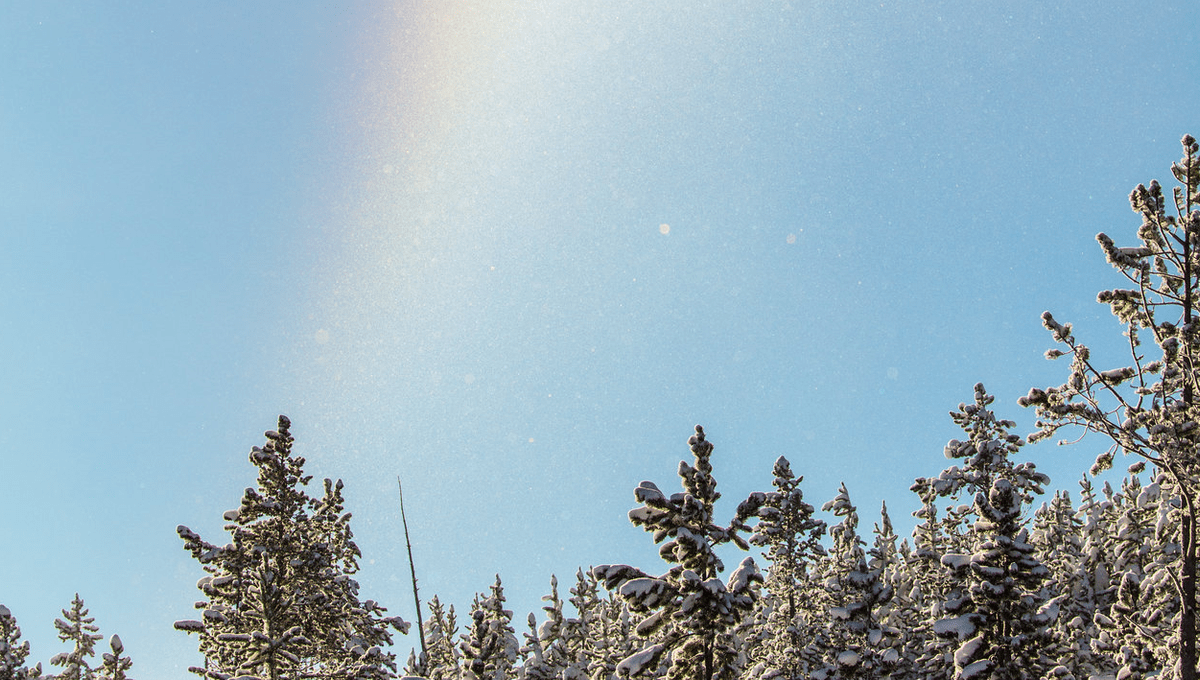
If you can see sparkling haze drift around the clear sky and the slight glimmer of a rainbow, there’s a good chance you’re witnessing diamond dust, a meteorological phenomenon in which extremely small ice crystals form a cloud amid freezing temperatures.
It’s essentially precipitation, just like drizzle, rain, sleet, or snow – but it features a number of unique characteristics that set it aside from its better-known cousins.
Conditions need to be sub-zero for diamond dust to form. The ice crystals are generated by the warmer and slightly humid air above the ground mixes with the colder air near the surface, causing the water vapor in the air to slowly freeze. The result is a simple 6-sided diamond that’s scarcely visible to the eye singularly but appears as a glistening mist en-masse.
Diamond dust can occur in Antarctica and the Arctic, but it can be seen when surface temperatures plummet well below -10 °C (14°F), according to the World Meteorological Organization.
It’s even possible to see diamond dust in the US if the conditions are chilly enough, with many reports of diamond dust coming from the northernmost stretches of the US, including Maine, Minnesota, Wisconsin, and Wyoming.
Footage of diamond dust can be seen in the video below.
Each ice crystal is utterly microscopic, with a typical diameter of just 0.1 millimeters (100 μm). They are also small and light ebnough that the ice crystals will slowly drift around the sky, almost appearing to float like hanging mist.
It tends to occur during clear and calm weather. The absence of clouds means the diamond dust is often graced with moonlight or moonlight, which hits the mist and creates a stunning shimmering effect.
The crystals can also catch the light and refract to produce some beautiful optical phenomena, such as rainbows and halos. They can even produce sun dogs, a stunning atmospheric optical phenomenon that consists of bright spots occurring on both sides of the Sun, with some eye-pleasing results.
Source Link: How "Diamond Dust" Sparkles In The Sky In Sub-Zero Temperatures